Fuzhou’s art centre by PES Architects takes its cues from jasmine blossom

Fuzhou, China, has recently been hailed as one of the fastest growing metropoles in the world, so no surprise that this aspiring urban hub was in need of a world-class cultural and performing arts centre to match. Enter Helsinki and Shanghai based studio PES-Architects, who have just completed a striking complex there; the Fuzhou Strait Culture and Art Centre.
The highly expressive, large scale commission is the architecture practice's fourth completed work in China, and takes its inspiration from the Chinese jasmine blossom, the official city flower of Fuzhou. Five ‘petals' host the centre's main functions; a 1600-seat opera house, a 1000-seat concert hall, a multi-functional theatre, and an art exhibition hall and cinema centre.
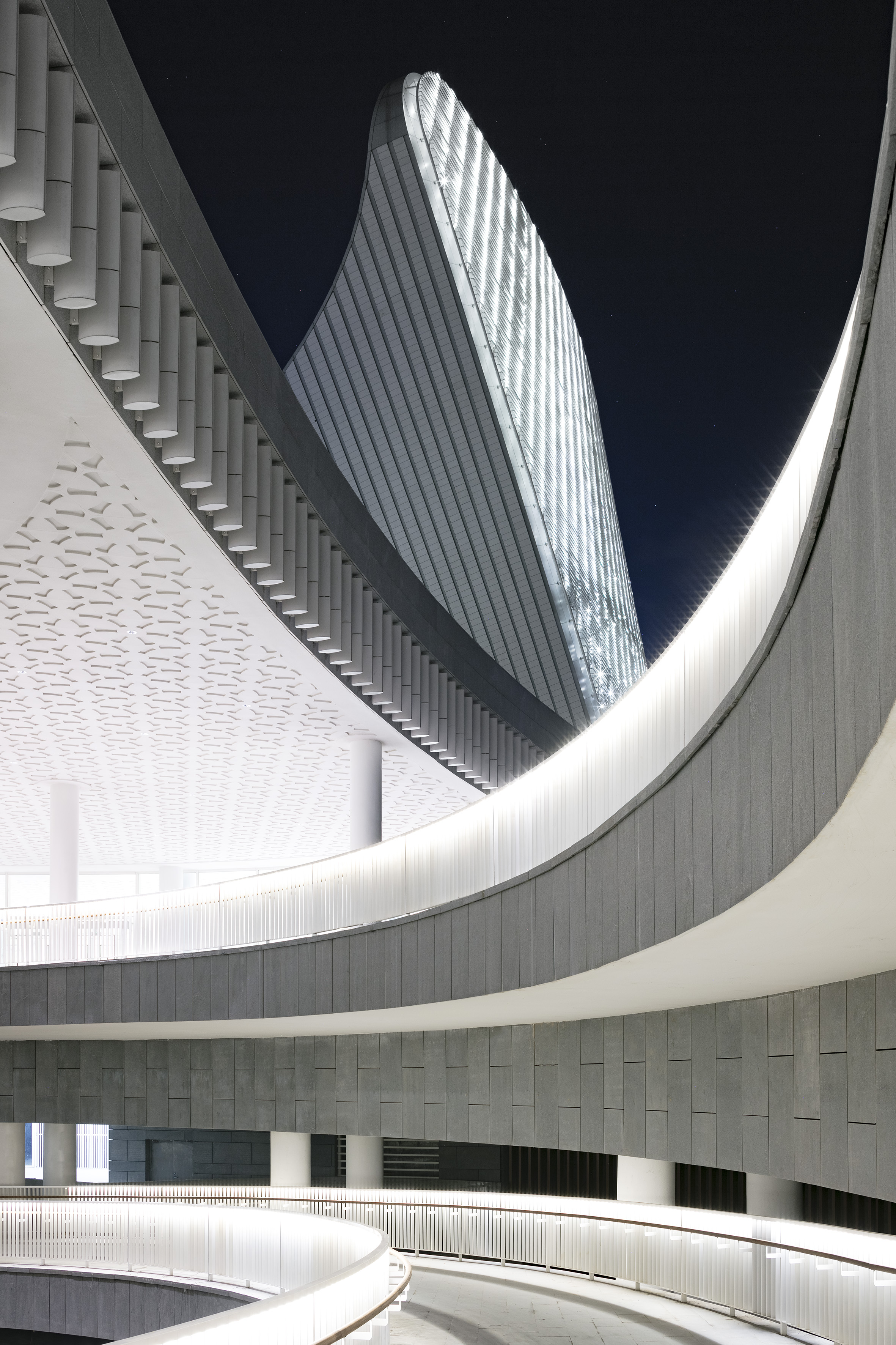
A striking spiral ramp connects the river level, the Jasmine Plaza on the ground floor and the public roof terrace.
The fine main buildings – the ‘petals' – are linked together by a central concourse on the ground level, and an accessible roof terrace at the top. Dramatic internal ramps and staircases, an open space at the project's heart, called the Central Jasmine Plaza, and seamless connections to the nearby Minjiang River, make for an ambitious and theatrical experience that is however firmly rooted in its context.
Inside, meticulously composed digital geometries and crafts unite in highly bespoke spaces that use materials, such as customised tiles and solid bamboo wood. The specially made ceramics are in fact a reference to the ‘historical context of the maritime Silk Road trade connection between China and the rest of the world', explain the architects. Highlighting this, Taiwanese ceramic artist Samuel Hsuan-yu Shih was invited to work on the interiors of the two main auditoriums, resulting in a pair of breathtaking halls full of sweeping curves and flowing spaces that are both pleasing to the eye and truly state-of-the-art when it comes to their acoustic properties.
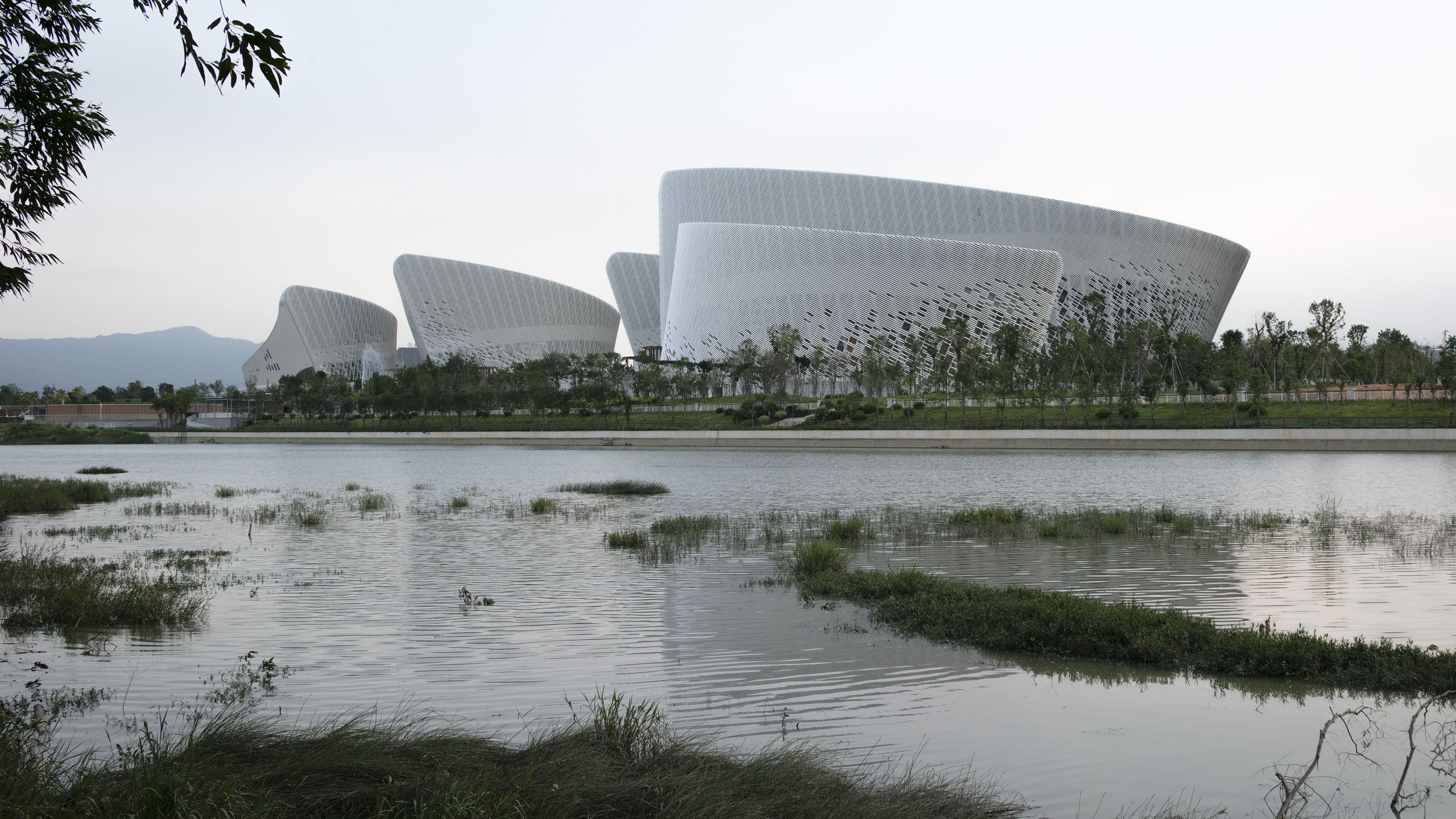
The complex is composed of five main buildings, spread along the river bank.

The main entrance leads to an open space, featuring ’mushroom columns’ that host elevator and ventilation equipment. This lobby area is to be used for cultural activities.
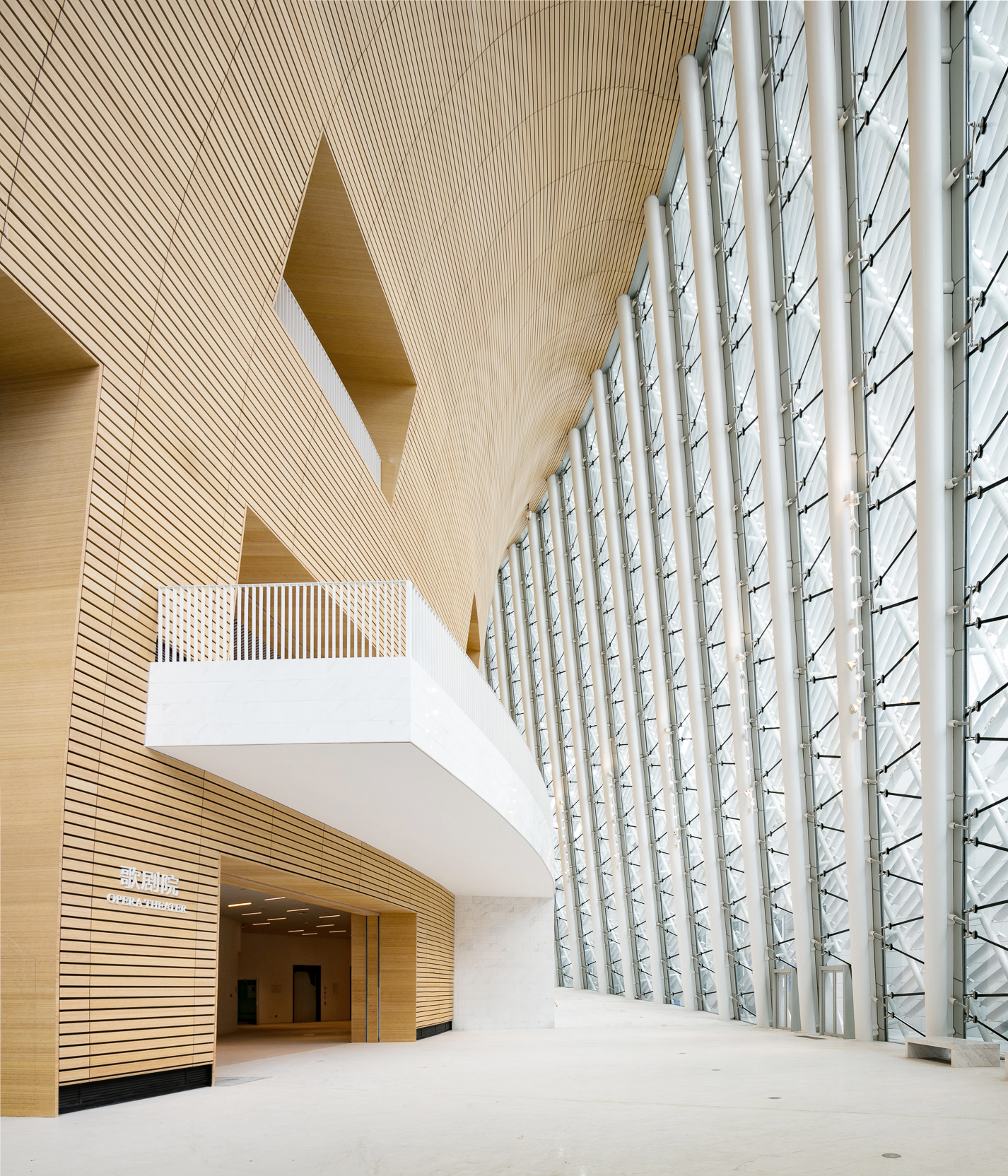
The double-curved interior wall surfaces are clad in bamboo and envelope circulation and gallery spaces.
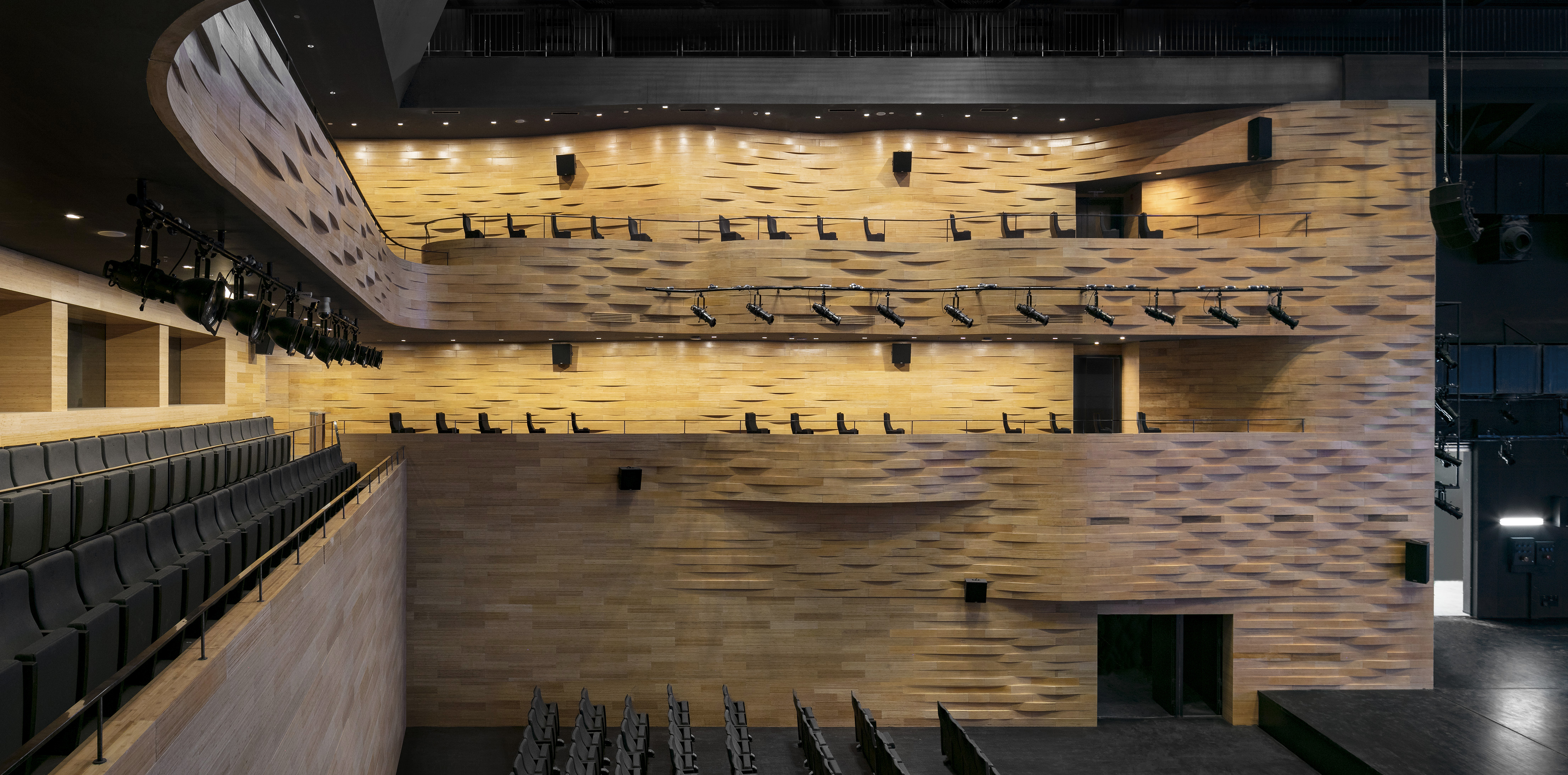
The Multipurpose Hall is flexible, so that the main stalls seating area can work both for a standing audience and even-level functions.
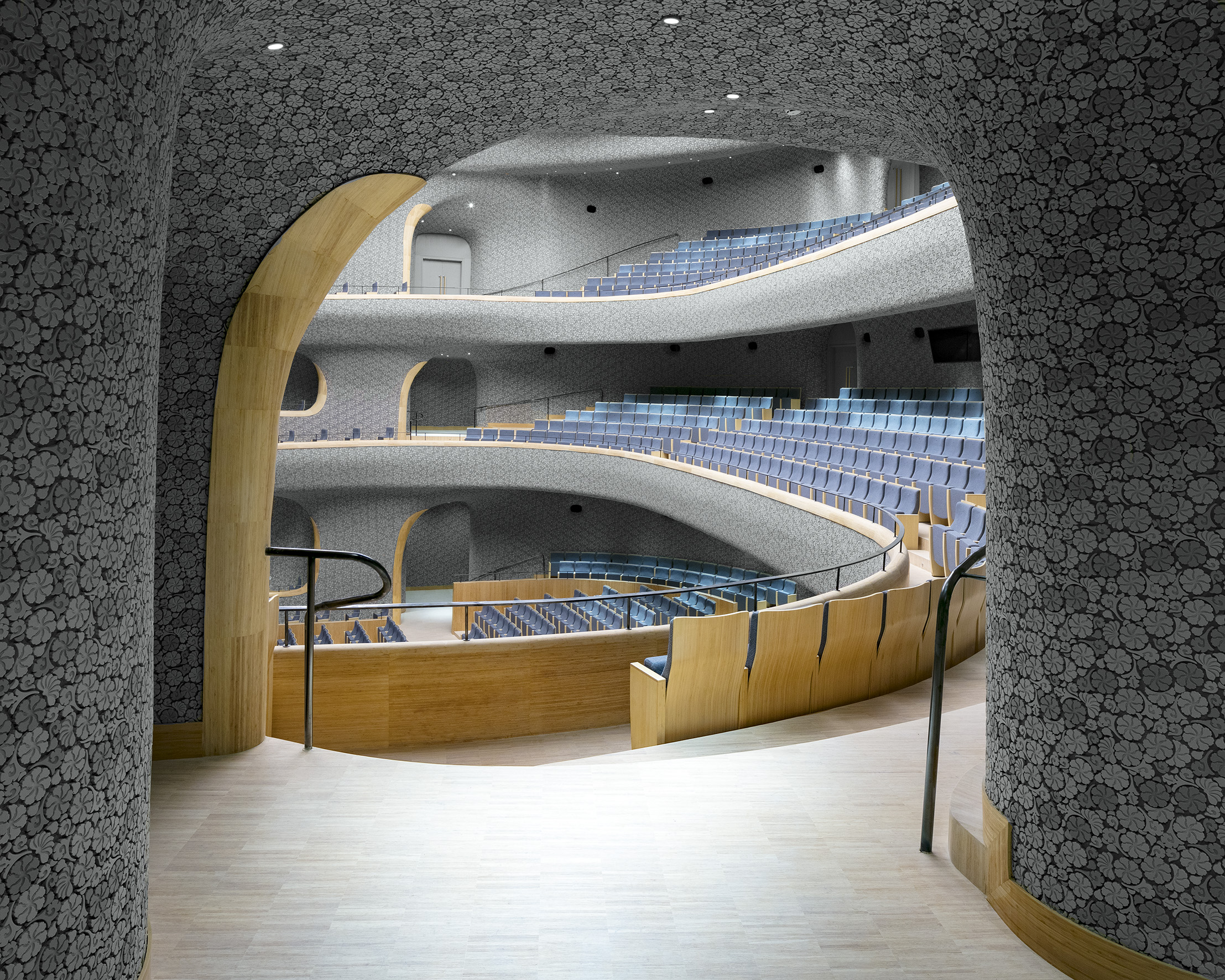
Approaching the Opera Hall through the building’s corridors, the double curved skin hints to the spectacular interior inside.
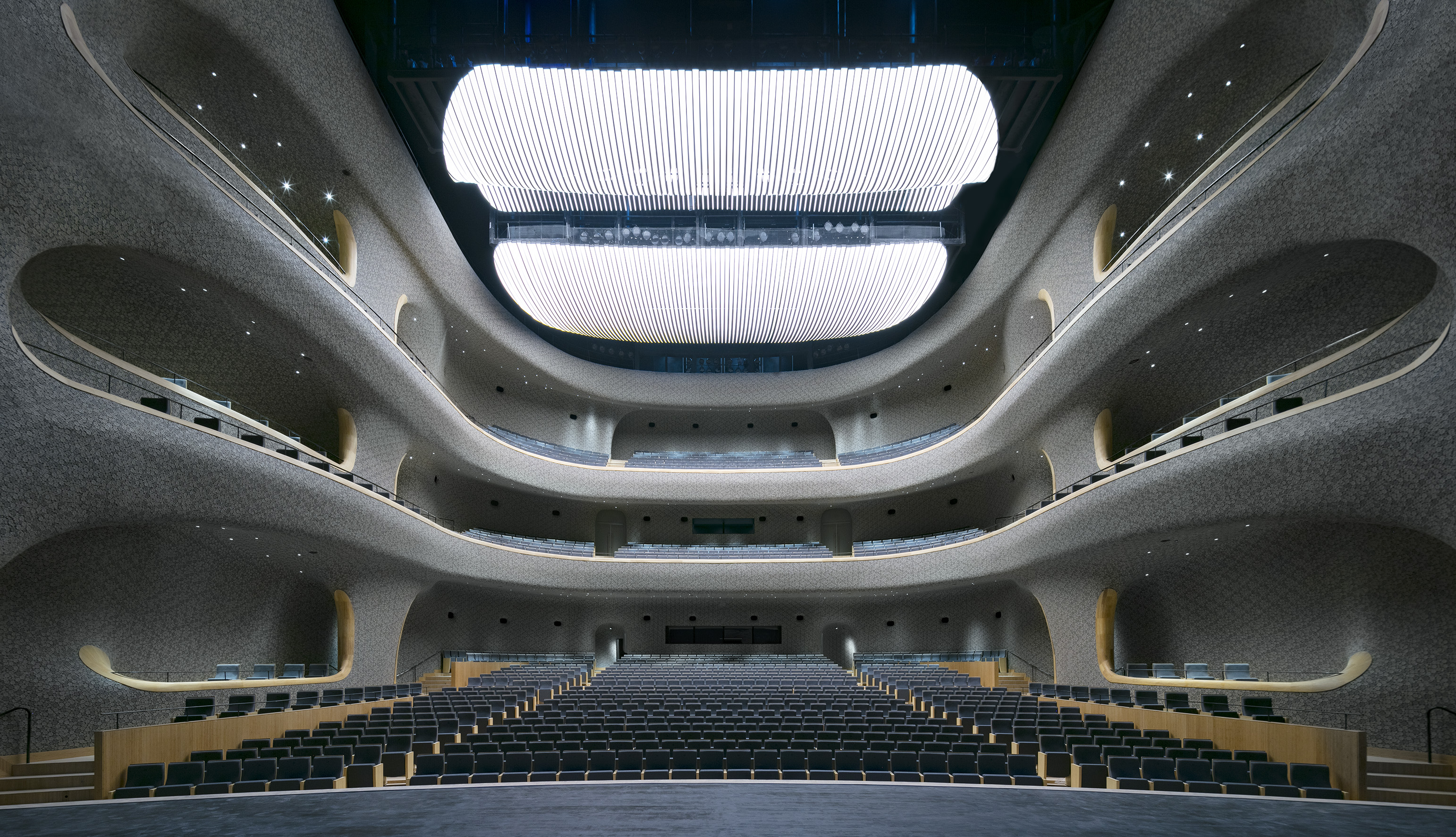
The Opera Hall has a 1600-seat capacity and a state-of-the-art acoustic scripting and bespoke tile design.

The complex’s Concert Hall is clad in customized white ceramic tiles and solid bamboo.
INFORMATION
For more information visit the website of Pes Architects.
Receive our daily digest of inspiration, escapism and design stories from around the world direct to your inbox.
Ellie Stathaki is the Architecture & Environment Director at Wallpaper*. She trained as an architect at the Aristotle University of Thessaloniki in Greece and studied architectural history at the Bartlett in London. Now an established journalist, she has been a member of the Wallpaper* team since 2006, visiting buildings across the globe and interviewing leading architects such as Tadao Ando and Rem Koolhaas. Ellie has also taken part in judging panels, moderated events, curated shows and contributed in books, such as The Contemporary House (Thames & Hudson, 2018), Glenn Sestig Architecture Diary (2020) and House London (2022).
-
 Click to buy: how will we buy watches in 2026?
Click to buy: how will we buy watches in 2026?Time was when a watch was bought only in a shop - the trying on was all part of the 'white glove' sales experience. But can the watch industry really put off the digital world any longer?
-
 Don't miss these art exhibitions to see in January
Don't miss these art exhibitions to see in JanuaryStart the year with an inspiring dose of culture - here are the best things to see in January
-
 Unmissable fashion exhibitions to add to your calendar in 2026
Unmissable fashion exhibitions to add to your calendar in 2026From a trip back to the 1990s at Tate Britain to retrospectives on Schiaparelli, Madame Grès and Vivienne Westwood, 2026 looks set to continue the renaissance of the fashion exhibition
-
 Wang Shu and Lu Wenyu to curate the 2027 Venice Architecture Biennale
Wang Shu and Lu Wenyu to curate the 2027 Venice Architecture BiennaleChinese architects Wang Shu and Lu Wenyu have been revealed as the curators of the 2027 Venice Architecture Biennale
-
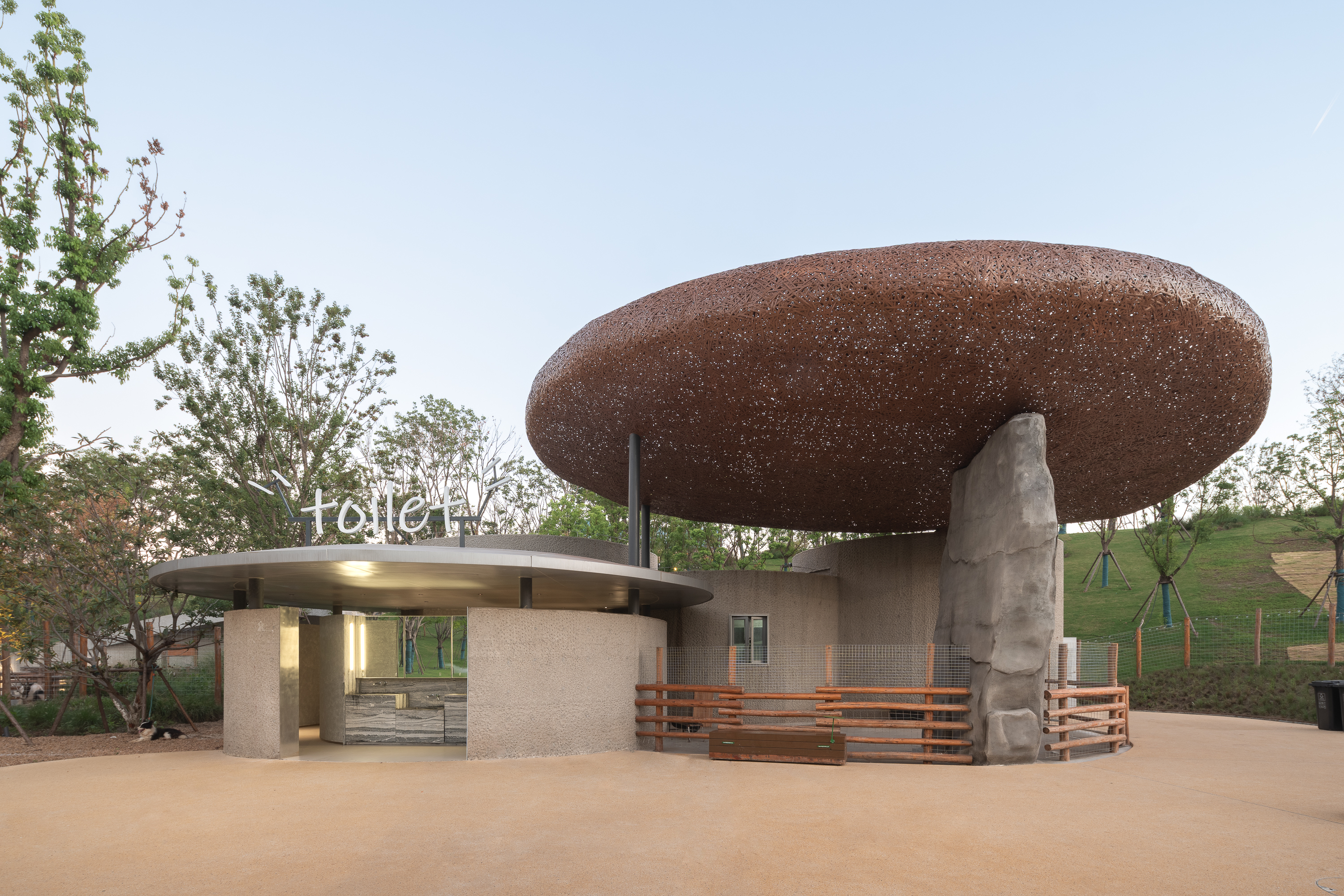 Tour this Chinese eco-farm, an imaginative wonderland connecting visitors with nature
Tour this Chinese eco-farm, an imaginative wonderland connecting visitors with natureLuxeIsland Farm by Various Associates is an eco-farm and visitor attraction in China’s picturesque Wuhan region; take a stroll across its fantastical landscape
-
 Honouring visionary landscape architect Kongjian Yu (1963-2025)
Honouring visionary landscape architect Kongjian Yu (1963-2025)Kongjian Yu, the renowned landscape architect and founder of Turenscape, has died; we honour the multi-award-winning creative’s life and work
-
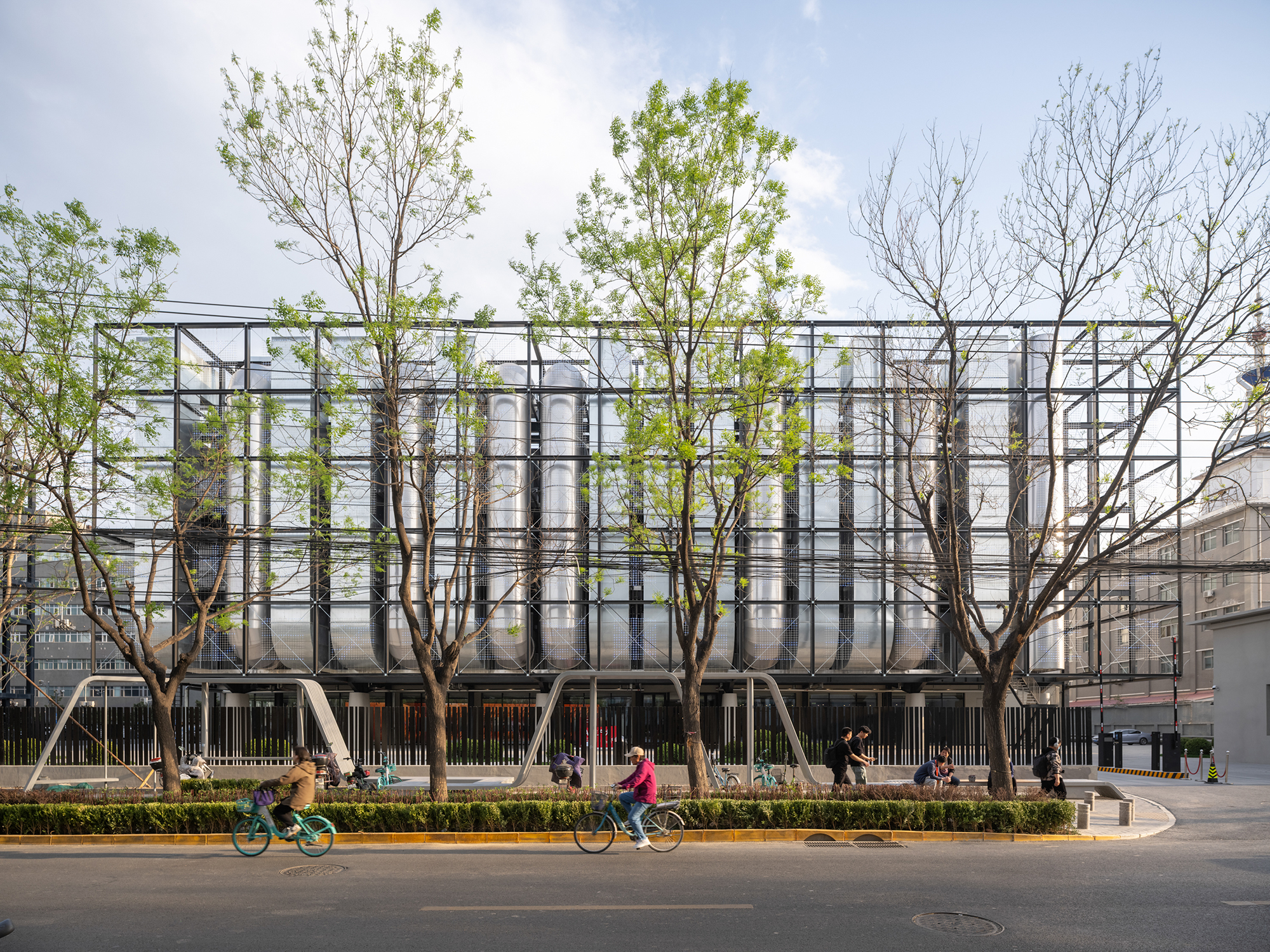 A new AI data centre in Beijing is designed to evolve and adapt, just like the technology within
A new AI data centre in Beijing is designed to evolve and adapt, just like the technology withinSpecialised data centre Spark 761, designed by llLab, is conceived as a physical space where humans and AI technology can coexist
-
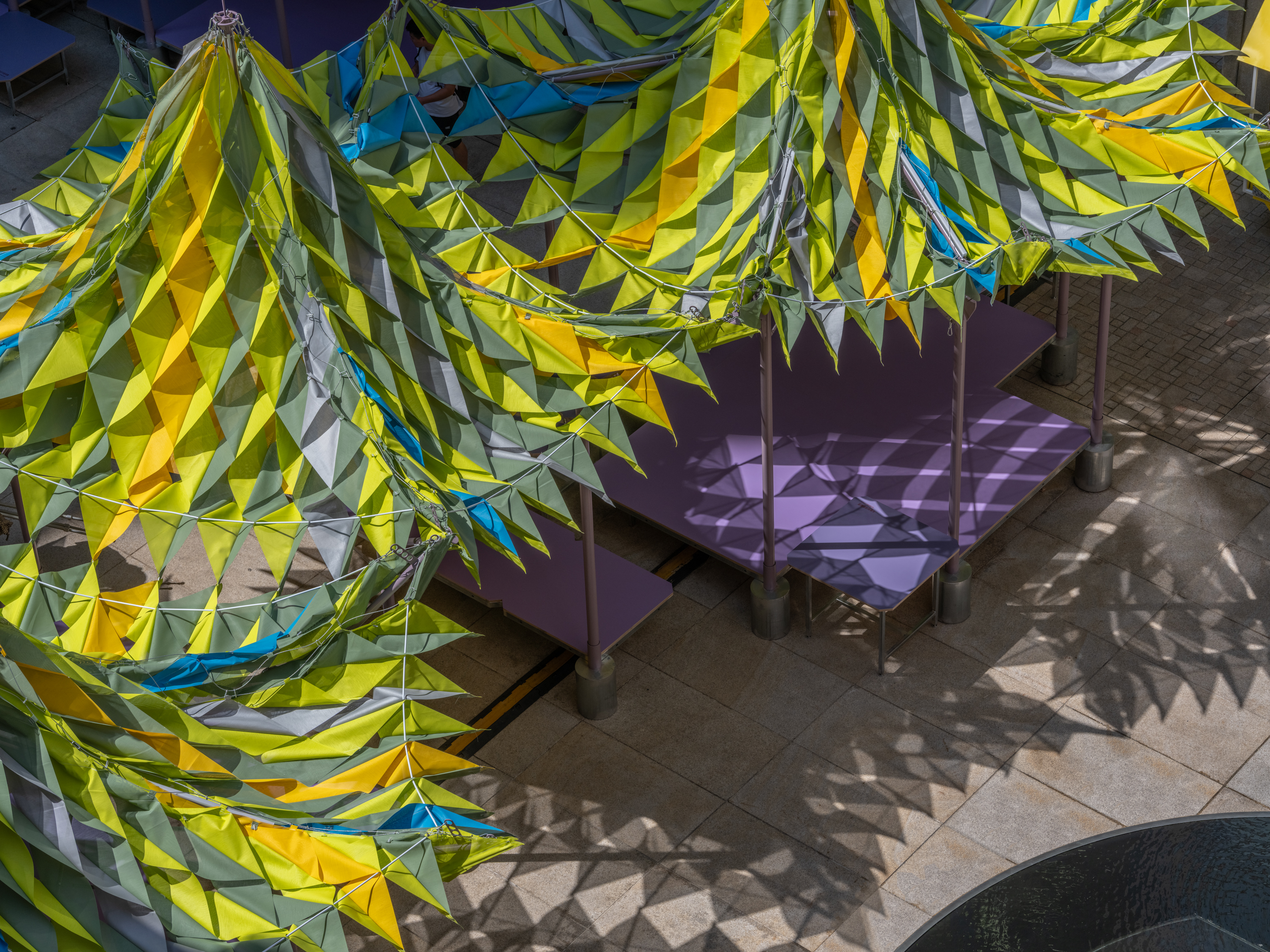 Shanghai’s biennial, RAMa 2025, takes architectural exploration outside
Shanghai’s biennial, RAMa 2025, takes architectural exploration outsideRAMa 2025, the architecture biennial at Rockbund Art Museum in Shanghai, launches, taking visitors on a journey through a historic city neighbourhood – and what it needs
-
 Atelier About Architecture’s ‘house within a house, and garden within a garden’
Atelier About Architecture’s ‘house within a house, and garden within a garden’House J in Beijing, by Atelier About Architecture, is an intricate remodelling complete with a hidden indoor garden and surprising sight lines
-
 A nature-inspired Chinese art centre cuts a crisp figure in a Guiyang park
A nature-inspired Chinese art centre cuts a crisp figure in a Guiyang parkA new Chinese art centre by Atelier Xi in the country's Guizhou Province is designed to bring together nature, art and community
-
 Zaha Hadid Architects’ spaceship-like Shenzhen Science and Technology Museum is now open
Zaha Hadid Architects’ spaceship-like Shenzhen Science and Technology Museum is now openLast week, ZHA announced the opening of its latest project: a museum in Shenzhen, China, dedicated to the power of technological advancements. It was only fitting, therefore, that the building design should embrace innovation